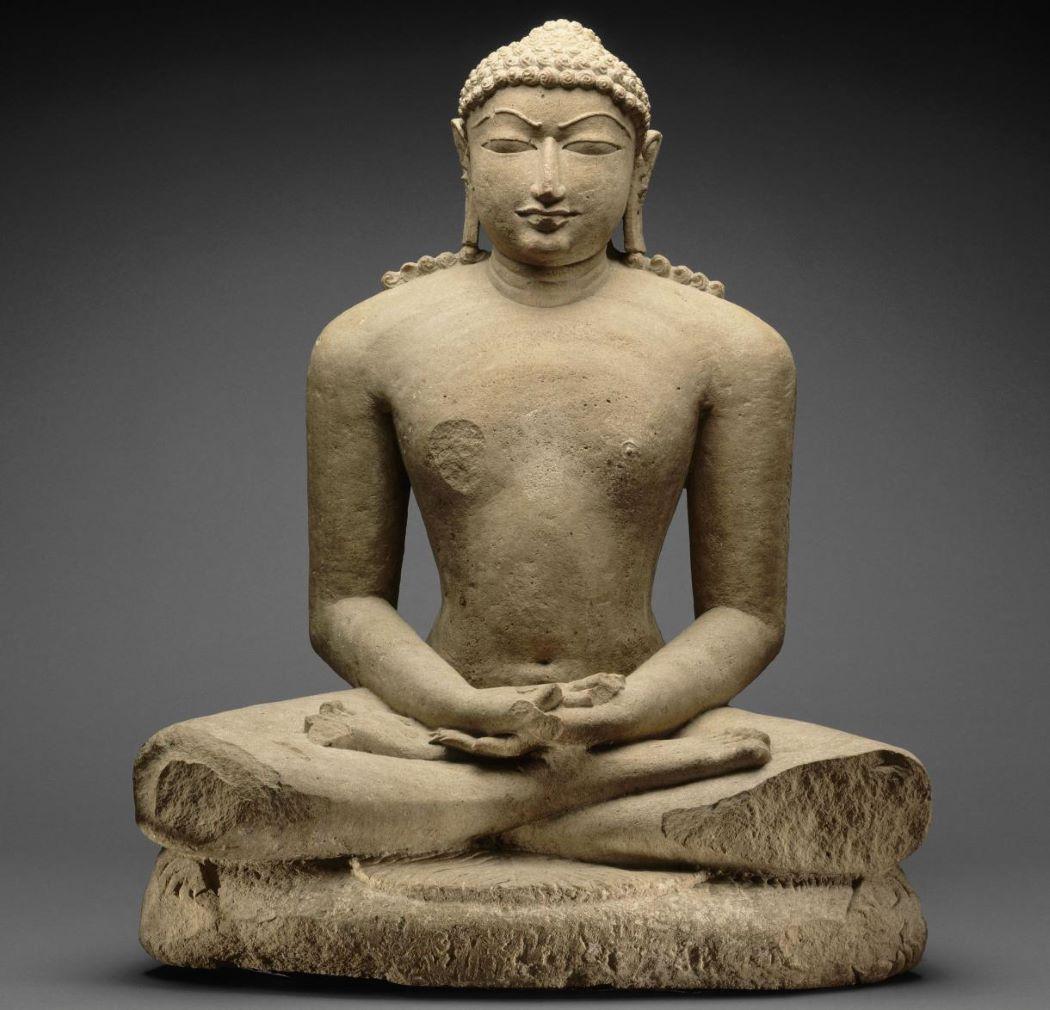Religious Meanings
The lotus flowers’ symbolism differs depending on its color and the culture that is using it. It is a central symbol in many different religions, some of which include Buddhism, Hinduism, Sikhism, and Jainism; all religions based in India.
Buddhism:
In Buddhism, the lotus is associated with purity, faithfulness, and spiritual awakening. It is considered pure due to the fact that it emerges out of muddy water and is still perfectly clean. It also symbolizes purity, in general, of the body, speech, and mind.
Hinduism:
In Hinduism, the lotus is equated with beauty, fertility, prosperity, spirituality, and eternity. It is considered to represent a wise and spiritually enlightened quality in a person, as well as a person who carries out tasks with little concern for rewards and full freedom of attachment.
Sikhism:
In Sikhism. the lotus is considered to be a metaphor for spiritual journey, and symbolizes enlightenment, purity, and divine grace. It is used to describe the state of a devotee’s mind when immersed into devotion and meditation. The flowers are typically used in Sikh religious ceremonies.
Jainism:
In Jainism, the lotus symbolizes purity, rebirth, and the ability to overcome challenges. The blue lotus specifically is the symbol of Neminatha; a ford-maker in Jainism, meaning a spiritual leader who has achieved enlightenment and is considered a savior.


